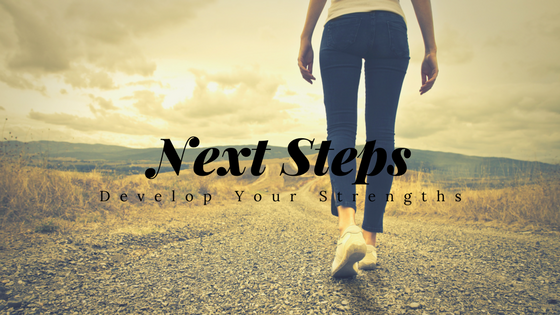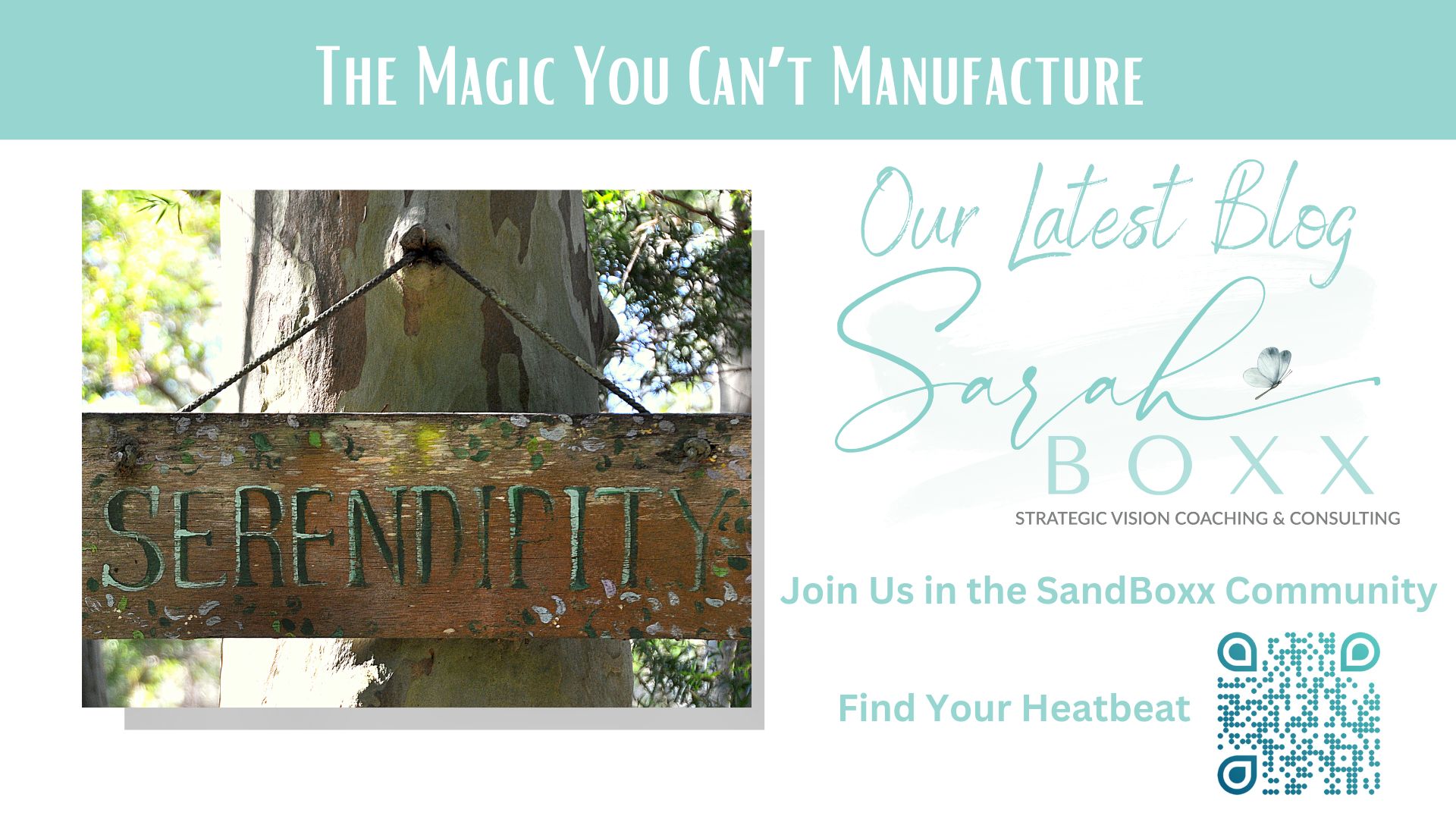This July we’ve been spending some time talking about getting to know yourself a bit better so that you can hone your craft and find your sweet spot in work and life. Last week we referenced some self-assessment tools that have been helpful to many. Did you try any of them?
Of course, it’s one thing to DO the assessment. It’s another thing to actually do something with the information you find. How can you develop an action plan to build and grow your strengths based on what you found?
A first step is to reflect. Based on what you found, what are your strengths to capitalize on and develop further? What skills can/should you develop?
Second, get feedback. Test the results by asking others how they perceive you. And don’t be shy – vague answers will not help. Give them permission to be honest and ask for specific examples of how you handled a certain situation. Try to get feedback from a handful of people – maybe 5 trusted individuals – who are from different groups/situations. Of course, keep in mind that they have biases too. Synthesize the responses, weed out the isolated incidences, and look for common themes.
Third, consider where you want to go in your development. There may be many different strengths you want to develop further, but not all are equally important at the same time. How do you prioritize which areas to work on first? Start by asking yourself, what is your ultimate goal? Is it a new position? Educational attainment? Starting a company? Changing careers? Maybe it’s retiring and going in an entirely new direction? Where you start should ultimately be determined by where you want to end up. Steven Covey says it best in his book The 7 Habits of Highly Effective People when he describes the second habit – Begin with the End in Mind.
Habit 2 is based on imagination–the ability to envision in your mind what you cannot at present see with your eyes. It is based on the principle that all things are created twice. There is a mental (first) creation, and a physical (second) creation. The physical creation follows the mental, just as a building follows a blueprint. If you don’t make a conscious effort to visualize who you are and what you want in life, then you empower other people and circumstances to shape you and your life by default. It’s about connecting again with your own uniqueness and then defining the personal, moral, and ethical guidelines within which you can most happily express and fulfill yourself. Begin with the End in Mind means to begin each day, task, or project with a clear vision of your desired direction and destination, and then continue by flexing your proactive muscles to make things happen… (for a peek at the habits in their context, visit https://www.stephencovey.com/7habits/7habits-habit2.php).
Fourth, after you know what skills and strengths you could develop, focus on just one or two. Your tendency may be to work on many of the areas you are “weak” in. If you do, you are likely to see improvements because that is where there is the most room for growth. Consider this scenario: you have strong skills in content development and knowledge about what makes good design, but possess only basic skills in developing graphics. You could spend time getting the technical expertise to become a better designer. OR, you could get even stronger in content development and find someone with strengths in graphics to complement your skills. We are better off when we work on and leverage our strengths, while remaining aware that we will need some help with our weaknesses. The best leaders aren’t necessarily good at everything. Rather, they know how to surround themselves with good people.
Lastly, make a plan. Some of assessments offer suggestions of how to use the information in different situations. The MBTI actually has companion booklets that help you see yourself and how you interact with other Types – what they are looking for and how they communicate. Strengths Finder has tips for building on your top strengths and also supporting and working with others to do the same. Use that information to help you map out the next steps in your own developmental process.
Honestly, making changes and prioritizing your own development might mean some sacrifices. If you prioritize building one of your strengths, you might find yourself in a situation that is a bit of stretch. It might mean some discomfort. In that moment, you can either focus on your perception of the difficulty or you can look at how much you are accomplishing over time.
It’s really an issue of mindset: is this new challenge an obstacle or an opportunity? How we think about things makes all the difference in how we experience them. One of my favorite quotes is from Wayne Dyer, “Change the way you look at things, and the things you look at change.” Your positive view of yourself, your life situation, and your path changes your experience of those things.
Here’s to a stronger you! As you grow, may your impact have profound ripples in the world around you!





